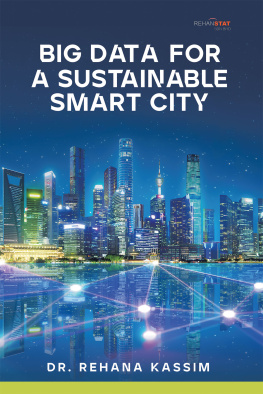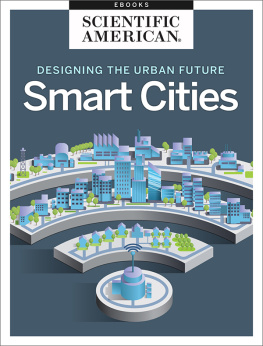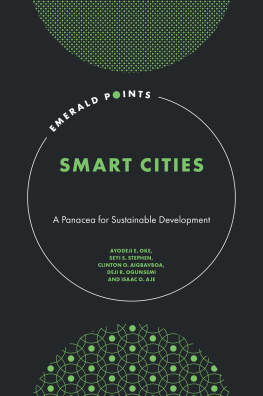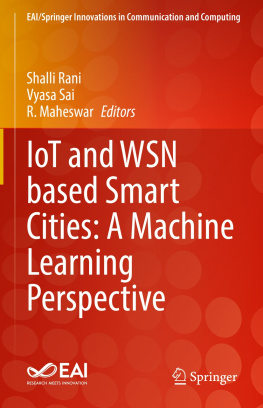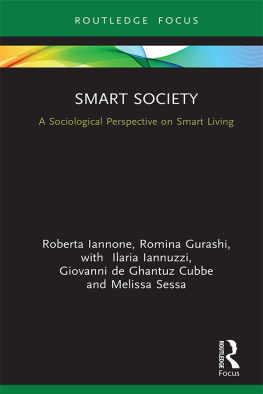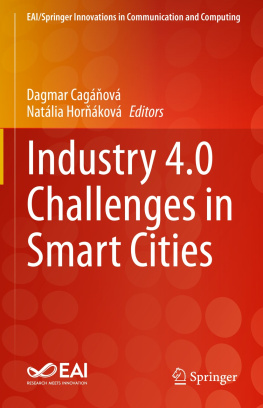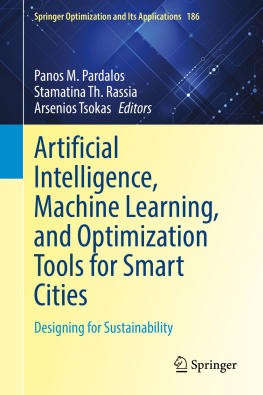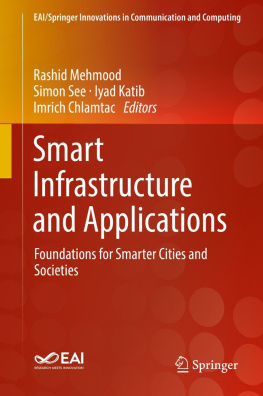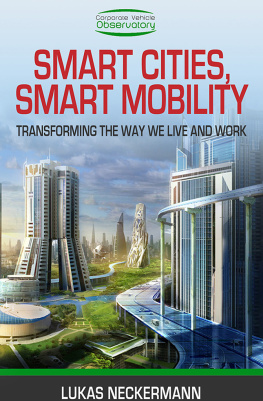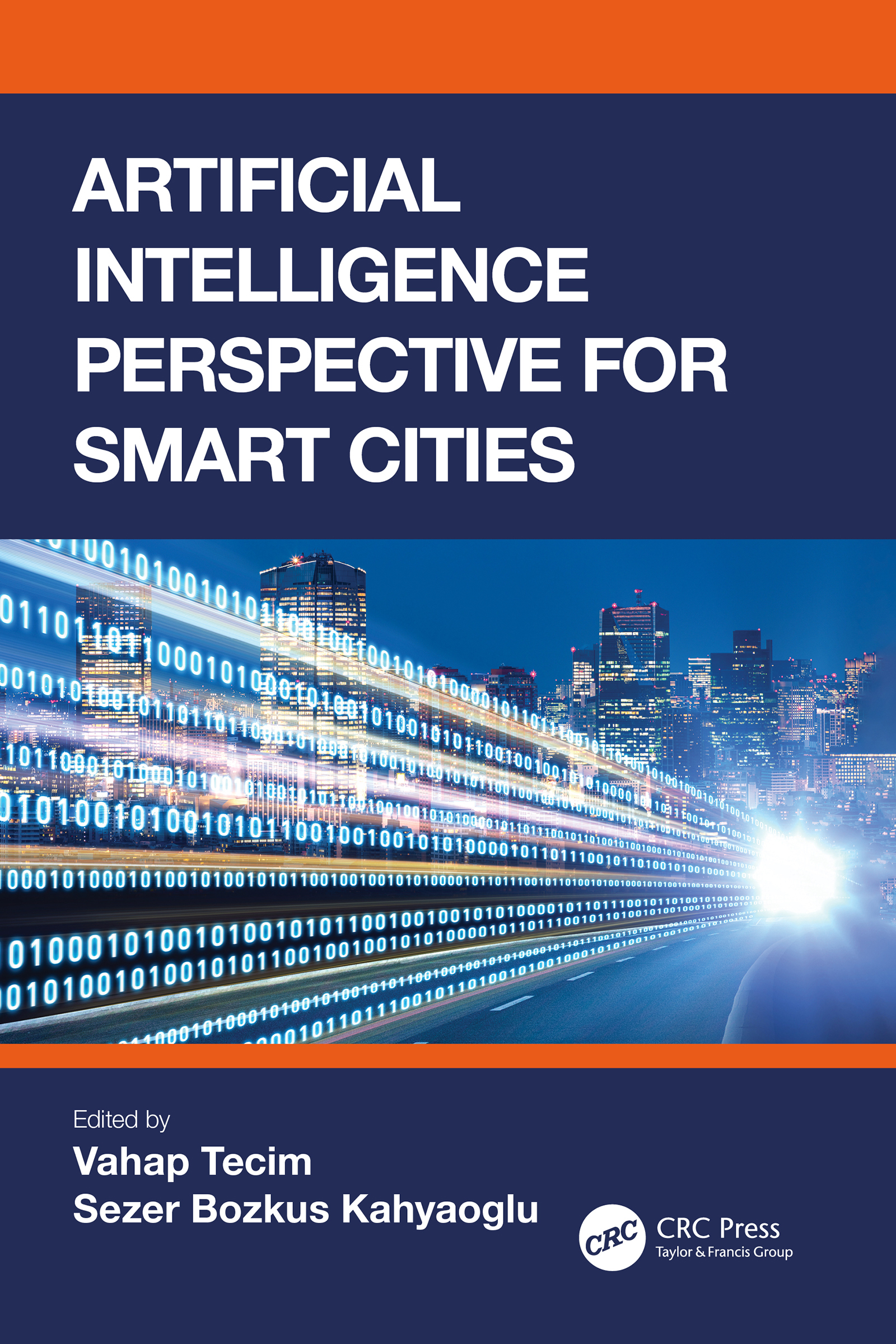
Artificial Intelligence Perspective for Smart Cities
The concept of a smart city is used widely in general; however, it is hard to explain because of the complexity and multidimensionality of this notion. However, the essential qualification for being a smart city is to achieve sustainable social, environmental, and economic development and boost the living standards of society based on Information and Communication Technology (ICT) and Artificial intelligence (AI). AI in smart cities has become an important aspect for cities that face great challenges to make smart decisions for social well-being, particularly cybersecurity and corporate sustainability. In this context, we aim to contribute literature with a value-added approach where various AI applications of smart cities are discussed from a different perspective. First, we start by discussing the conceptual design, modeling, and determination of components for the sustainability of a smart city structure. Since smart cities operate on spatial-based data, it is important to design, operate, and manage smart city elements using Geographical Information Systems (GIS) technologies. Second, we define the structure, type, unit, and functionality of the layers to be placed on the GIS to achieve best practices based on Industry 4.0 components. Transportation is one of the key indicators of smart cities, so it is critical to make transportation in smart cities accessible for different disabled groups by using AI technologies. Third, we demonstrate what kinds of technologies should be used for which disabled groups in different transportation vehicles with specific examples. Finally, we create a discussion platform for processes and sub-processes such as waste management, emergency management, risk management, and data management for establishing smart cities including the financial and ethical aspects.
Artificial Intelligence Perspective for Smart Cities
Edited by
Vahap Tecim
Sezer Bozkus Kahyaoglu

First edition published 2023
by CRC Press
6000 Broken Sound Parkway NW, Suite 300, Boca Raton, FL 33487-2742
and by CRC Press
4 Park Square, Milton Park, Abingdon, Oxon, OX14 4RN
CRC Press is an imprint of Taylor & Francis Group, LLC
2023 Vahap Tecim and Sezer Bozkus Kahyaoglu
Reasonable efforts have been made to publish reliable data and information, but the author and publisher cannot assume responsibility for the validity of all materials or the consequences of their use. The authors and publishers have attempted to trace the copyright holders of all material reproduced in this publication and apologize to copyright holders if permission to publish in this form has not been obtained. If any copyright material has not been acknowledged please write and let us know so we may rectify in any future reprint.
Except as permitted under U.S. Copyright Law, no part of this book may be reprinted, reproduced, transmitted, or utilized in any form by any electronic, mechanical, or other means, now known or hereafter invented, including photocopying, microfilming, and recording, or in any information storage or retrieval system, without written permission from the publishers.
For permission to photocopy or use material electronically from this work, access
Trademark notice: Product or corporate names may be trademarks or registered trademarks and are used only for identification and explanation without intent to infringe.
ISBN: 978-1-032-13619-6 (hbk)
ISBN: 978-1-032-13620-2 (pbk)
ISBN: 978-1-003-23015-1 (ebk)
DOI: 10.1201/9781003230151
Typeset in Sabon
by SPi Technologies India Pvt Ltd (Straive)
Abbreviations
ABISDisaster Information SystemAFADThe Disaster and Emergency Management PresidencyAIArtificial IntelligenceAIDRAustralian Institute Disaster ResilienceAKOMASAkom Disaster Information SystemANNArtificial Neural NetworkAYDESDisaster Management and Resolution Support SystemBMCBuilding Information SystemBSIThe British Standards InstituteCADComputer-Aided DesignCBACost-Benefit AnalysisCDDCanadian Disaster DatabaseCDEMACaribbean Disaster Emergency Management AgencyCE-DATComplex Emergency DatabaseCEOChief Executive OfficerCIAConfidentiality, Integrity, and AvailabilityCNNConvolutional Neural NetworkCO2Carbon DioxideCPSCyber-Physical SystemsCREDCentre for Research on the Epidemiology of DisastersDDoSDistributed Denial-Of-Service AttackDEMsDigital Elevation ModelsDIKWData, Information, Knowledge, WisdomDKSDisorder Control AssistantDLDeep LearningDODDepartment of DefenseDoSDenial of ServiceDPIAData Protection Impact AssessmentDRMDisaster Risk ManagementDRRDisaster Risk ReductionDSSDecision Support SystemsEMEmergency ManagementEM-DATEmergency Events DatabaseENAEnergy Networks AssociationEPEuropean ParliamentEUEuropean UnionGDPRGeneral Data Protection RegulationGeoAIGeospatial Artificial IntelligenceGISGeographical Information SystemsGLAGreater London AuthorityGLIDEGlobal IDEntifier NumberGO bondGeneral obligation bondGPSGlobal Positioning SystemIBMInternational Business MachinesICTInformation and Communication TechnologiesIEEEInstitute of Electrical and Electronics EngineersIJGPPAInternational Journal of Governance and Public Policy AnalysisIKASIntegrated Contraction Alarm SystemIoSInternet of ServicesIoTInternet of ThingsIRBIndustrial Revenue BondISInformation SystemsITInformation TechnologyLVCLand-Value CaptureM2MMachine-to-machineMiTMMan-in-The-MiddleMLMachine LearningNLPNatural Language ProcessingOECDOrganization for Economic Co-operation and DevelopmentOHCHROffice of the United Nations High Commissioner for Human RightsOWASPThe Open Web Application Security ProjectPPPPublicPrivate PartnershipRFIDRadio Frequency IdentificationSAP HANASAP High-Performance Analytic ApplianceSCSmart CitySCADASupervisory Control and Data AcquisitionSCWSmart Cities WheelSDKsSoftware Development KitSIBSocial Impact BondSNSSocial Networking ServicesSQLStructured Query LanguageSWOTStrengths, Weaknesses, Opportunities, and ThreatsTIFTax-increment financingTISNTrusted Information Sharing NetworkTMSTraffic Management SystemUKUnited KingdomUNDGUnited Nations Development GroupUNDRRUnited Nations Office for Disaster Risk ReductionUNESCOUnited Nations Educational, Scientific and Cultural OrganizationUSUnited States of AmericaWMWaste managementWSNWireless Sensor NetworksWSNsWireless Sensor NetworksXSSCross-Site Scripting
Foreword
As the first quarter of the twenty-first century draws to a close, many governments' urban strategy agendas necessarily include discussion of and planning for the smart city phenomenon. This is particularly the case in developed countries, where rapid growth in urban areas requires contending with complex infrastructural, environmental, and social problems. Smart cities are being piloted as citizens around the world demand that local governments design urban spaces that improve their quality of life.
Creating smart cities is a complex challenge, one that demands contending with many discrete areas of focus, from the physical capital of the city to its intellectual and social capital. Urban planning is not only a matter of urban design but also incorporates social science, political science, and economics. Importantly, smart city creation is supported by technology driven by advances and innovation in computer science and engineering that stimulate sustainable socio-economic development. The capacity to innovate itself is shaped by a host of factors, such as the development and adoption of information and communication technologies (ICT), living standards, residents' readiness, and willingness to invest. Higher rates of urbanization and large mega-cities with 10 million or more residents make the task of creating sustainable and affordable environments with a high quality of life a pressing need, but one with even more difficulties.
Next page


